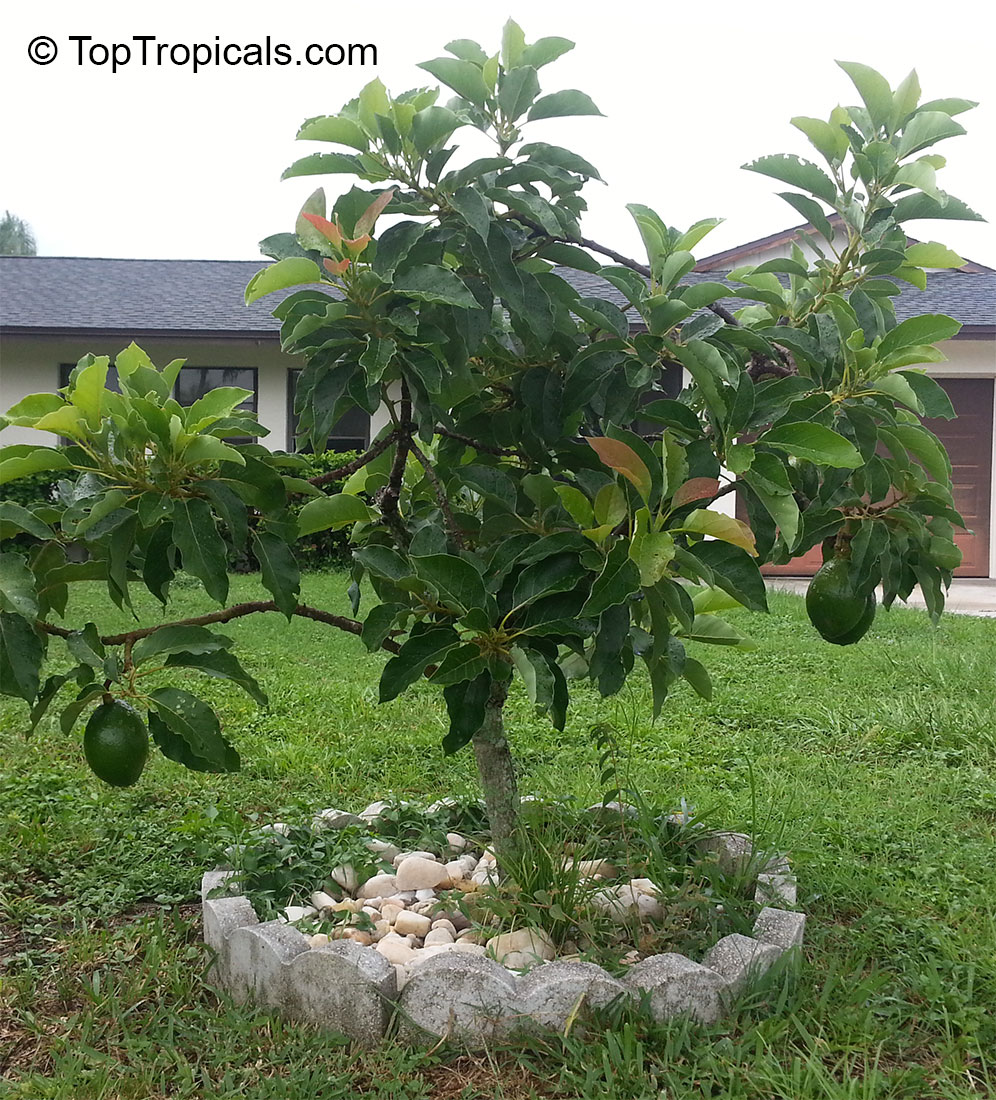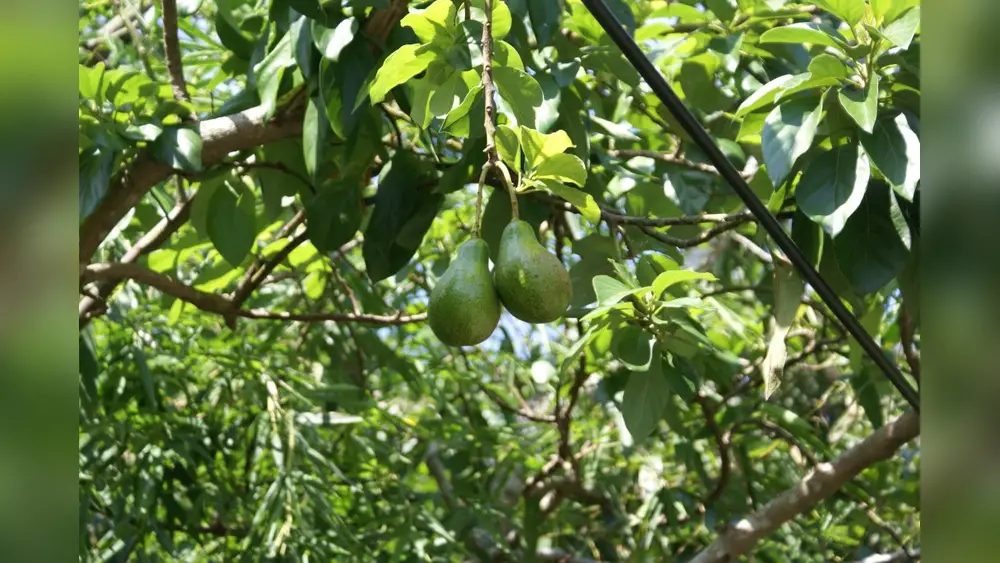If you’ve been dreaming of biting into fresh, homegrown avocados, knowing the best time to plant your avocado tree in Florida is key. Planting at the right moment can make all the difference between a thriving tree and one that struggles to survive.
So, when should you put that avocado pit or young tree in the ground? The answer lies in timing your planting to match Florida’s unique climate. You’ll discover exactly when to plant your avocado tree for the strongest growth, healthiest roots, and the best chance of juicy fruit for years to come.
Keep reading to find out how to set your avocado tree up for success from day one!

Credit: www.youtube.com
Best Season To Plant
Choosing the best season to plant avocado trees in Florida is key for healthy growth. Planting at the right time helps young trees build strong roots. It also protects them from harsh weather. Spring offers the most favorable conditions for planting avocados. This season supports root development and prepares trees for the summer heat.
Planting during spring gives trees a full growing period. This time allows them to settle in before cooler months arrive. Understanding specific factors like frost risk and rainfall timing can improve planting success. These details ensure young avocado trees thrive in Florida’s climate.
Spring Planting Window
Plant avocado trees from March through June. This window matches warm soil temperatures and mild weather. Trees get time to grow roots before summer stress. Spring planting avoids the extreme heat that can dry out young trees. It also reduces water needs compared to summer planting.
Avoiding Frost
Wait until after the last frost date in your area. Frost can damage or kill young avocado trees. Florida’s frost risk varies by region but usually ends by early March. Planting too early exposes trees to cold damage. Confirm local frost dates before planting to protect your trees.
Timing With Rainy Season
Plant near the start of the rainy season, around late May in South Florida. Natural rain helps keep roots moist and reduces watering needs. This timing supports strong root growth. Avoid planting during heavy rains, which can flood roots and cause rot. Proper timing with rainfall saves effort and water.
Benefits Of Spring Planting
Planting avocado trees in spring offers many advantages. The weather is mild, which helps young trees grow strong. Trees get enough time to build their roots before hot summer days arrive.
Spring also brings more rain in Florida. This natural moisture supports new plants without extra watering. These conditions reduce stress on the tree and help it thrive.
Preventing Heat Stress
Spring planting helps avoid heat stress. Young avocado trees can struggle in high heat. They may lose water faster than they can absorb it. Planting before summer lets trees adjust to warm weather gradually.
This timing protects leaves and roots from damage. Trees stay healthier and grow better. Heat stress can stunt growth or cause leaf burn, which spring planting helps prevent.
Root Establishment Advantage
Spring allows avocado trees to develop strong roots. Warm soil encourages root growth. Trees planted in spring have several months to spread roots deeply.
Strong roots improve water and nutrient uptake. This helps the tree survive dry periods later. Well-established roots also support bigger, healthier fruit production.
Types Of Avocado Trees
Avocado trees come in two main types: grafted and seed-grown. Each type has unique traits. Understanding these helps you choose the best tree for Florida gardens. Avocado trees vary in fruiting time and growth habits.
Choosing the right type affects how soon you enjoy fresh avocados. It also impacts tree care and space requirements. Let’s explore grafted and seed-grown avocado trees.
Grafted Trees And Early Fruit
Grafted avocado trees are clones of mature trees. They start producing fruit faster than seed-grown trees. Usually, grafted trees bear fruit within 2 to 3 years. This is ideal for gardeners wanting quicker harvests.
These trees are bred for specific qualities like fruit size and disease resistance. They also grow predictably in size and shape. Grafting ensures the tree’s fruit is consistent in taste and quality.
Seed-grown Trees Timeline
Seed-grown avocado trees grow from pits. They take longer to produce fruit, often 7 to 15 years. The fruit quality and tree size are less predictable than grafted trees.
Seed-grown trees are good for those who enjoy the growing process. They can grow larger and live longer. However, patience is needed before fruit appears.
Factors Affecting Fruit Production
Fruit production in avocado trees depends on several key factors. Understanding these helps improve yield and fruit quality. Each factor influences the tree’s ability to flower, pollinate, and produce healthy avocados. Proper care and environment are vital for success in Florida’s climate.
Tree Size And Maturity
Young avocado trees produce little or no fruit. Trees usually start bearing fruit after three to four years. Larger, mature trees produce more fruit and better quality. Proper size management helps the tree focus energy on fruit development.
Pollination And Environment
Avocado trees need good pollination for fruit set. Some varieties require cross-pollination from another type nearby. Bees and wind help transfer pollen between flowers. Warm, sunny weather improves flower opening and pollination success.
Impact Of Pruning
Pruning shapes the tree and controls its size. Removing dead or crowded branches improves air and light flow. Pruning encourages new growth and more flowering sites. Over-pruning can reduce fruit production by removing potential fruiting wood.
Cultural Care Practices
Regular watering is essential, especially during dry periods. Mulching helps keep soil moist and reduces weeds. Balanced fertilization provides nutrients for growth and fruiting. Pest and disease control protects the tree and fruit quality.
Choosing The Right Variety
Selecting the right avocado variety is key for success in Florida’s climate.
Different varieties have unique traits that affect growth and fruit production.
Understanding these differences helps pick a tree that fits your garden and goals.
Productivity Differences
Some avocado varieties produce more fruit than others. This matters for harvest size.
Florida varieties like ‘Choquette’ and ‘Brogdon’ yield large, tasty avocados.
West Indian types tend to produce bigger fruit but less often.
Mexican types grow smaller fruit but may produce more frequently.
Bearing Frequency
Frequency of fruit bearing varies by variety. Some trees fruit every year.
Others may have alternate bearing cycles, producing heavy crops one year and light the next.
Choosing a variety with steady bearing suits home gardeners wanting regular harvests.
Consider your patience and space when selecting a variety with different bearing habits.

Credit: toptropicals.com
Planting Tips For Florida
Planting avocado trees in Florida requires special care to help them grow strong. The climate in Florida is warm and humid, which suits avocado trees well. Following key tips will boost your tree’s health and fruit production. Pay attention to soil, water, and sunlight to give your tree the best start.
Soil Preparation
Choose well-draining soil to avoid water buildup around roots. Avocado trees dislike heavy, clay soils. Mix sand or organic compost to improve soil texture. Test soil pH; it should be slightly acidic to neutral, around 6 to 7. Remove weeds and clear debris before planting. Dig a hole twice as wide as the root ball to help roots spread easily.
Watering Guidelines
Water young trees deeply but infrequently. Keep soil moist but not soggy. Overwatering can cause root rot and other diseases. During dry spells, water once or twice a week depending on weather. Mulch around the base to keep soil moist and reduce evaporation. Adjust watering as the tree grows and weather changes.
Sunlight Requirements
Avocado trees need full sun for at least six hours daily. Choose a planting spot with no shade from buildings or large trees. Sunlight helps the tree produce energy for growth and fruit. Avoid planting in windy areas to protect young branches. Proper sunlight exposure leads to healthier trees and better fruit yield.

Credit: www.reddit.com
Frequently Asked Questions
When To Plant An Avocado Tree In Florida?
Plant avocado trees in Florida during spring, from March to June. Ensure the last frost has passed. Planting before summer heat helps roots establish and benefits from early rainy season moisture. Avoid planting in extreme heat or winter to promote healthy growth.
How Long Does It Take For A Florida Avocado Tree To Produce Fruit?
A Florida avocado tree usually takes 3 to 4 years to produce fruit if grafted. Seed-grown trees may take 7 to 15 years. Proper care, pollination, and climate also impact fruiting time.
What Is The Secret To Growing Avocado Trees?
The secret to growing avocado trees is planting in spring after frost danger passes. Provide well-drained soil, regular watering, and full sunlight. Use grafted trees for faster fruiting and prune carefully to promote healthy growth.
Do I Need To Soak An Avocado Seed Before Planting?
Soaking an avocado seed before planting is optional. You can plant it directly after cleaning to encourage sprouting.
Conclusion
Planting avocado trees in Florida during spring ensures strong growth. March through June offers warm soil and less frost risk. Young trees avoid summer heat stress and establish roots well. Starting in spring helps trees grow healthy before cooler months.
Choose grafted trees for quicker fruit production. Remember, proper timing leads to a better harvest. Plant your avocado tree at the right time for success.

